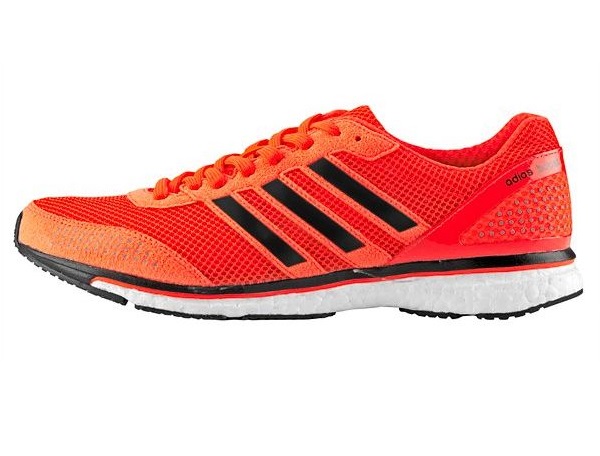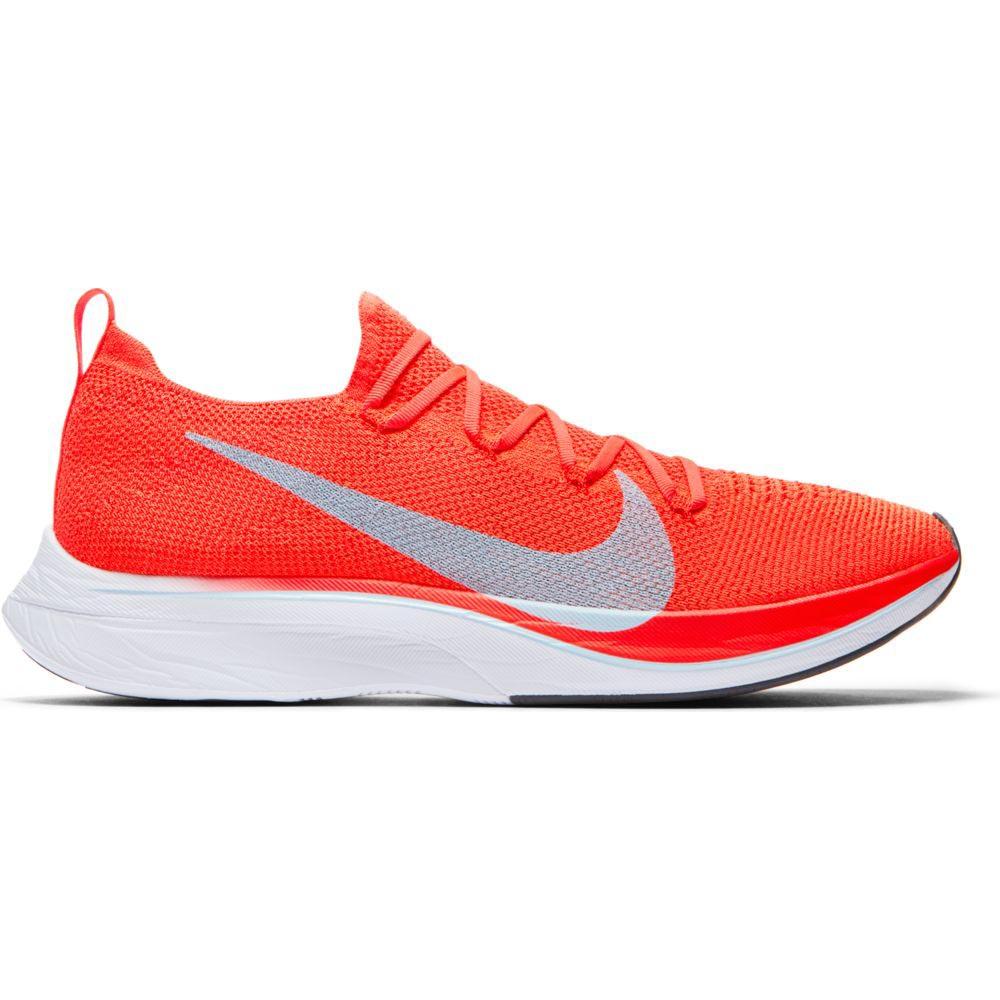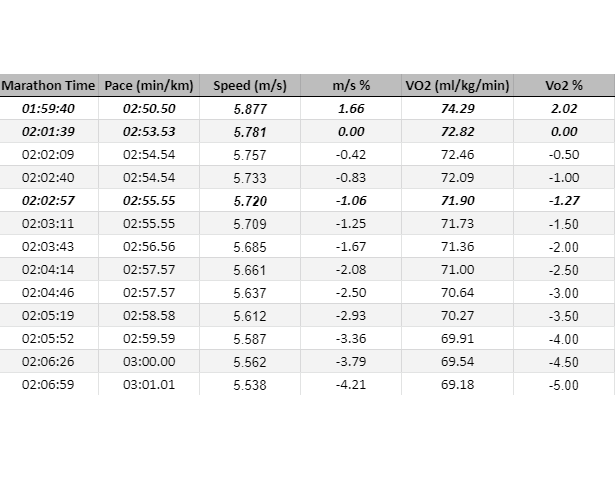Who's marathon world record was 'better' - Eliud Kipchoge, 2:01:39 in 2018 or Dennis Kimetto, 2:02:57 in 2014? A thread (1/13)
Both performances were run in Berlin Marathon, in similar weather conditions (2014 - Hi: 17, Lo: 9, Wind: 3 mph / 2018 - Hi: 20, Lo: 10, Wind: 4 mph), so what I am really asking is: 'What was the effect of shoes?' (2/13)
Kimetto wore the Adidas Adizero Adios Boost, a 235 g racing flat using Adidas Boost foam (TPU). Research suggests a ~1.0% benefit in running economy over other foams available at the time: https://www.tandfonline.com/doi/abs/10.1080/19424280.2014.918184?journalCode=tfws20 (3/13)
Kipchoge wore the Nike Zoom Vaporfly 4% flyknit, a 195 g 'super shoe' with Nike ZoomX foam (PEBA) and a curved carbon fibre plate. The 4% in the name comes from this study: https://link.springer.com/content/pdf/10.1007/s40279-017-0811-2.pdf which compares the shoes to Kimetto's racing flats (4/13)
In the above study, Nike prototype shoes (which would later turn into the Vaporfly 4%) 'substantially lowered the energetic cost of running by 4% on average', after adjusting for the weight difference of the shoes (~4.4% benefit if lighter weight accounted for) (5/13)
Among the 18 subjects the benefit ranged from 2.0% to 6.1%. Day-to-day variation (in control shoes) was 2.7%. These were good runners (<31 min 10 km) but not world beaters (6/13)
We don't know how much benefit Kipchoge got from the shoes, but we can estimate what benefit he might have needed by using an equation which relates running speed to energetic cost (originally from here: https://link.springer.com/article/10.1007/s00421-012-2357-1) (7/13)
If Kipchoge's reduction in energy cost was ~1.27%, his 2:01:39 would be roughly equivalent to Kimetto's 2:02:57. If he gained more from his shoes (quite likely given our evidence), then we consider Kimetto's record 'better' (8/13)
Using the study on the prototype shoes, we could suggest the average effect: a ~4.0% benefit. This would result in a time of ~2:05:52, which would have been the =101st fastest marathon time (ignoring all performances post 2014) (9/13)
Here is where it gets tricky. 2:05:52 would have been the 16th fastest time in 2014, yet that year Kipchoge himself ran 2:04:11 to win Chicago in 'traditional' shoes. The average effect doesn't seem reasonable when we take into account this information (10/13)
Assuming 2014 Kipchoge and 2018 Kipchoge were equal in ability, our estimate of the benefit of the shoes becomes ~2.5%. But Kipchoge was dominant in 2018, and if we think Kipchoge got any better between 2014 and 2018, this estimate reduces (11/13)
Interestingly, Kipchoge's 1:59:40 (in 2019) get's us close to a 4% shoe effect, but only if we assume that all the other 'stuff' (course, pacers etc.) gave negligible benefit. Otherwise, the estimate reduces again (12/13)
Kimetto's record seems to be better than Kipchoge's (accounting for 'super shoes') but there is still quite a lot of room for interpretation. Even though there is good evidence of the 'super shoe' effect, there is uncertainty when applying it to individual performances (13/13)

 Read on Twitter
Read on Twitter




